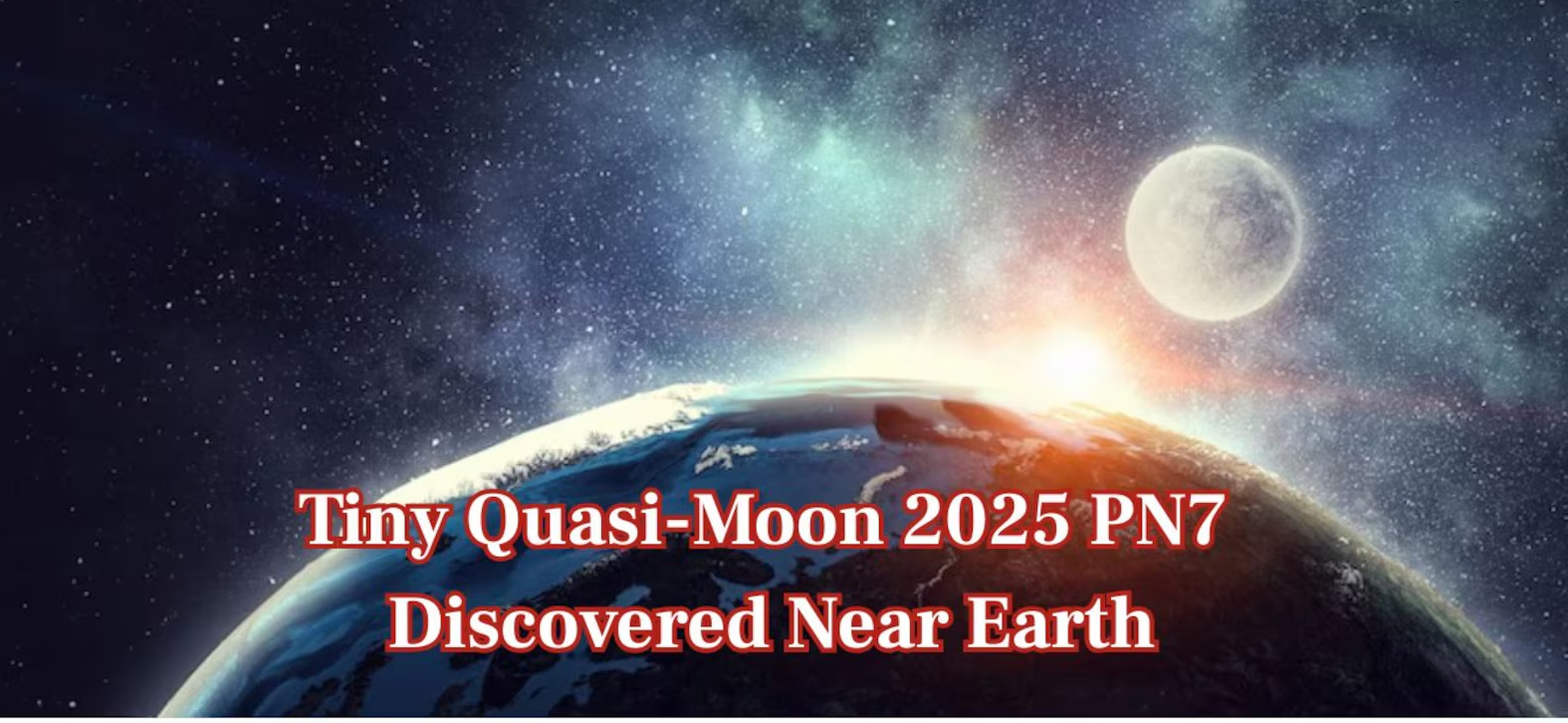Context:
Recently, a new quasi-satellite, designated as 2025 PN7, has been discovered orbiting Earth. This asteroid, approximately 19 meters in diameter, is part of the Arjuna group of asteroids that follow Earth-like orbits. The discovery was made on August 2, 2025, by the Pan-STARRS 1 telescope in Hawaii, with archival data indicating it may have been in a quasi-satellite status for around 60 years.
About Quasi‑Moon:
Quasi-satellites are objects that occupy a specific type of co-orbital configuration with a planet, where they stay close to the planet over many orbital periods. Unlike true satellites, quasi-satellites are not gravitationally bound to the planet and can have more eccentric orbits. They are often found in a 1:1 orbital resonance with the planet, meaning they take the same amount of time to orbit the Sun as the planet does.
About the Arjuna Class:
2025 PN7 qualifies as an Arjuna asteroid — a subset of Near‑Earth Objects (NEOs) characterized by:
-
- Orbits very similar to Earth (i.e. low eccentricity, low inclination),
- Slow relative velocities with Earth,
- Potential to undergo resonant orbits or transient satellite capture.
- Orbits very similar to Earth (i.e. low eccentricity, low inclination),
Scientific Importance:
-
- Orbital Dynamics & Resonance Studies: 2025 PN7 is a natural laboratory to understand how small bodies can maintain quasi‑stable orbits under the competing influences of Solar and terrestrial gravity. Its eventual transition (possibly into a horseshoe orbit) can help refine models of orbital evolution.
- Planetary Defense & Near‑Earth Object (NEO) Monitoring: Even though 2025 PN7 poses no immediate threat, tracking such near‑Earth companions improves prediction algorithms, impact risk assessment, and helps in cataloguing all Earth‑near space debris.
- Space Mission Target: Its proximity and relatively low Δv (energy cost) could make it an interesting target for future spacecraft missions — for flyby studies, sample return, or testing asteroid‐redirecting technologies.
- Orbital Dynamics & Resonance Studies: 2025 PN7 is a natural laboratory to understand how small bodies can maintain quasi‑stable orbits under the competing influences of Solar and terrestrial gravity. Its eventual transition (possibly into a horseshoe orbit) can help refine models of orbital evolution.
Conclusion:
The discovery of 2025 PN7 underscores that even in our near‑Earth environment, there are still small companions waiting to be found. Though not a true moon, it is a quasi‑satellite locked in a delicate dance with Earth and the Sun. Studying it offers insights into orbital mechanics, strengthens our ability to survey near‑Earth space, and opens possibilities for future space missions.







